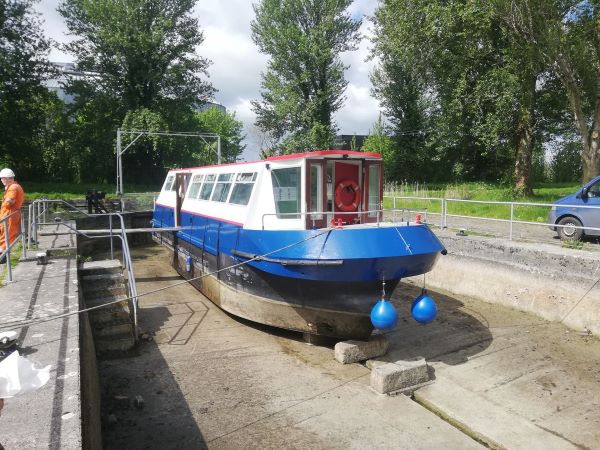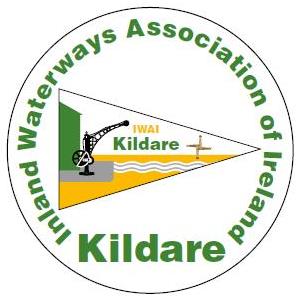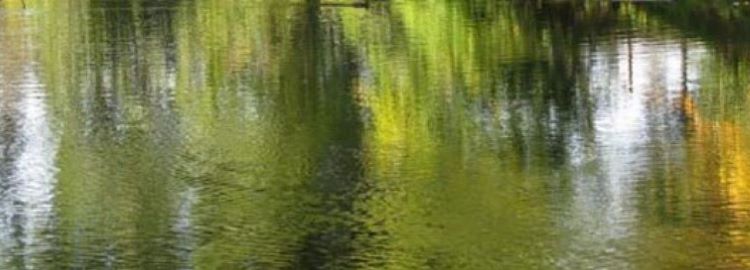Boats and barges need to be examined, maintained and repaired on a regular basis, to ensure all is okay below the waterline. These tasks require a visit to a Drydock.
[doc id=11265]
What is a Drydock?
‘A dock which can be drained of water to allow the inspection and repair of a vessel’s hull’
Drydocks are built with a lock gate, when the racks on the gate are opened water from the adjoining canal or river fills up the dock. When full, the gate is opened and the boat enters the lock. The gate is then closed and the water is drained from the dock; this allows the boat to sit on the drydock blocks and work to be carried out on the hull.
Drydocks on land can also be referred to as Graving Docks, such as those in Grand Canal Docks in Dublin. Floating Dry Docks are used at sea for emergency repairs and salvage; they look like large ships and can be partially submerged to allow vessels to move into them.
Work carried out in Drydocks
While many vessels are light enough to be lifted onto the hard with a crane or a marine mobile lift, drydocks are essential and much safer when carrying out work underneath heavier boats, especially those built of steel, such as large cruisers, passenger boats and barges.
Depending on how the vessel is used and its age, boat surveys are required at regular intervals. These may be informal surveys carried out by the skipper to ensure all looks good underwater or formal surveys required for insurance purposes. Insurance companies require surveys on passenger vessels more often than on new builds.
Some of the work requiring drydock facilities:
- Anodes on steel hulls wear away over time and require replacement every few years.
- On older boats, there may be wear on the steel and parts of the hull may require replacement in ‘patches’.
- Power washing, sanding and painting of the hull is a regular maintenance job.
- Repairing or replacing the propellor, rudder, shaft and seals may be needed if worn or damage has occurred when picking up weed and rubbish or going aground in neglected parts of the navigation.
- Structural changes and additions to accommodate new or replacement tanks or machinery.
Dropping onto Blocks
Before the water is drained from the drydock, it is essential that the vessel is positioned correctly over the underlying blocks. Assistance of the Harbour Master of the drydock is required and the Skipper needs to know the shape of the hull and the exact point where the rudder and propellor are beneath the boat. Depending on the design and swim of the vessel, this may not be obvious while sitting in the water.

Athy Drydock on Barrow Line of Grand Canal @ Athy Waterways

